The aeroplane is among the world’s most sophisticated methods of transport that allow us to travel across large distances in comparatively shorter periods. When you fly for pleasure, business or for international travel, the speed at which a plane travels is a crucial factor in the decision-making process of determining flight times. However, how fast can planes travel? The answer will vary depending on the kind of aircraft, its time of flight, as well as factors like weather and altitude.
This article will dissect the various speeds at which different kinds of aircraft travel, such as private jets, commercial jets, military planes or even hypersonic futuristic jets. At the end of this article, you’ll have an understanding of how speeds on aircraft operate and the variables which affect the speed of aircraft.
General Flight Speeds
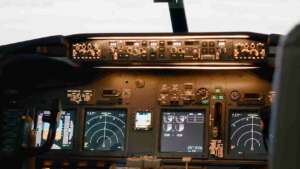
Aeroplane Speed During Flight
The speed of an aircraft can differ significantly based on the time of flight. When it is taking off, cruising and landing, the plane travels at different speeds for each phase.
- Start Speed Speed The majority of commercial jets require between 160 and 180 miles/hour (260-290 km/h) to take off. That is when an aircraft is able to generate enough lift in order to take off from the runway.
- After taking off, the plane speeds up to its cruising velocity, which is usually between 575 and 480 miles per hour (770-930 km/h) for commercial jets. This speed is among the most fuel-efficient and can be maintained throughout the majority of the flight, particularly at higher altitudes.
- Speed of Landing When descending and landing, approach speeds slow to 150-165 miles per hour (240-265 km/h). This ensures an easy and controlled landing.
Average Speed of Commercial Aeroplanes
On average, commercial aircraft like the Boeing 737 or Airbus A320 can travel between 575 and 480 miles an hour (770-930 km/h). This range of speeds helps airlines ensure that the flights run according to schedule, while preserving efficiency in fuel. Safety standards for passengers also match the speed range.
How Fast Does a Plane Fly at Cruising Altitude?
If you are flying at greater altitudes (typically between 30 to 40,000 feet), an airplane normally travels at speeds of between 600 and 480 miles per hour (770-965 km/h). A thinner atmosphere at greater altitudes decreases drag, allowing aircraft to fly at higher speeds more efficiently than operating at lower elevations.
Typical Speeds of Aeroplanes During Takeoff and Landing
- Start Speed Speed The usual takeoff speed of commercial aircraft is 160-180 miles/hour (260-290 km/h) according to the particular type of aircraft and the weight.
- Time to Land: When landing, aircraft slow significantly up to 150-165 miles an hour (240-265 km/h) so that they can safely land onto the runway.
Commercial Airplanes
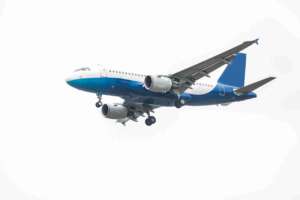
Speed of Boeing 737
The Boeing 737 is one of the most well-known commercial airliners, and its cruising speed is typically between 510 and 580 miles an hour (820-930 kilometres/hour). When it takes off, the 737 can reach speeds in the range of 150-160 miles/hour (240-257 km/h) when landing, and its takeoff speed is around 140 miles/hour (225 kilometers/h).
Speed of Airbus A320
Similar to the Boeing 737, the Airbus A320 is typically employed for short- to medium-haul flights. Its cruising speed of 500 miles an hour (820 kilometers/h). When it is time to take off, the A320 accelerates to about 150 miles an hour (240 km/h), and its landing speed is usually between 130 to 140 miles an hour (210-225 kilometers/h).
Commercial Jet Cruising Speeds
The majority of commercial jets, such as Airbus A320, Boeing 737 and Airbus A320 have speeds of between 575 and 480 miles per hour (770-930 km/h). The larger aircraft, like those of the Boeing 777 or Airbus A350, might be cruising at slightly higher speeds, between 560 and 590 miles/hour (900-950 km/h) in order to ensure optimal efficiency of fuel and reduce travel time.
Takeoff Speed of Commercial Aircraft
The average speed for takeoff of commercial aircraft typically ranges between 150-180 miles an hour (240-290 kilometres/hour). The precise speed may depend on factors like the weight of the aircraft, the long distance of the runway and the weather.
Landing Speed of Commercial Jets
Commercial jets typically reduce their speed to landings that range from 140-160 miles/hour (225-257 kilometres per hour). These speeds guarantee that the plane can complete an efficient descent and land with an effortless and safe landing.
Private Jets
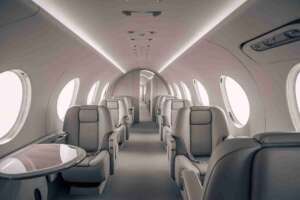
Speed of Private Jets
Private jets provide passengers with greater luxury and comfort and are often designed with speedy capabilities. For instance Gulfstream G650 Gulfstream G650 cruises at speeds of 600 miles per hour (965 km/h), as well as smaller jets such as that of Cessna Citation M2 have a cruise speed of around 400 mph (644 kilometers/h).
How Fast Do Private Jets Travel?
Private jets’ speed could differ significantly based on the type of jet. Smaller private jets generally have speeds of 500 miles/hour (725 km/h), but bigger and stronger jets may achieve speeds of up to 600 miles an hour (965 kilometres/hour). For example, one of the jets, called Gulfstream G700, one of the fastest private jets, can reach cruising speeds that is 600 miles an hour (965 kilometres/hour).
Private Jet Cruising Speed
The speed at which you can fly private jets generally is between 450 and 600 miles/hour (725-965 kilometers/h). Larger jets can reach higher speeds, whereas smaller models, which weigh less, tend to slow down their speed of cruising speed.
Comparison of Private Jet Speeds
If you compare the speeds of private jets in comparison to private jets, it is clear that the Gulfstream G650 is among the fastest, travelling at speeds of up as high as 570 miles/hour (917 kilometres per hour). Smaller jets such as that of Cessna Citation X have cruising speeds of 500 miles/hour (805 km/h); however, bigger models such as that of Bombardier Global 7500 can reach maximum speeds at 690 mph (1,110 kilometers/h).
Military Aircraft
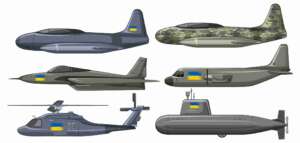
Speed of Military Jets
Military aircraft are built to be extremely efficient, and their speeds surpass the speed of commercial airliners. Fighter jets, like F-22 Raptors F-22 Raptor can reach cruising speeds of around 1,500 miles an hour (2,414 km/h) and the top speed exceeding 220 miles an hour (3,218 km/hour).
How Fast Do Fighter Jets Fly?
Fighter jets can reach speeds of more than Mach 2 (1,522 miles/hour or 2,448 kilometres/hour). In the case of the F-22 Raptor, for example, it can travel at speeds of more than Mach 2. Speedgle has the highest speed of 1650 km/hour (2,655 km/hour).
Top Speed of Military Aircraft
The most powerful military aircraft includes that of Lockheed SR-71 Blackbird, which held the record for the fastest plane at speeds of over two hundred miles at a time (3,530 kilometers/h). Other military aircraft, like the North American X-15, have set speed records and records, with the X-15 having a speed of 4520 miles an hour (7,274 kilometres/hour).
Cruising Speed of Military Planes
Military jets such as the F-22 Raptor cruise at speeds of around 1,200 miles per hour (1,931 km/h). The F-15 Eagle typically cruises at speeds of around 1100 mph (1,770 km/h), dependent on the mission’s requirements and load of aircraft.
Hypersonic Jets and Their Speeds
Hypersonic jets represent a brand new advancement in aviation technology. They are specifically built to travel at speeds higher than Mach 5. (3,836 miles/hour or 6,174 kilometres/hour). Hypersonic aircraft like that of the X-43A have already proven their Speed above Mach 9 (6,700 miles/hour or 10,000 km/h), which set new records for the future of hyper-speed air travel.
Advanced Aircraft
Speed of Hypersonic Planes
Hypersonic aircraft, currently under development, are set to reach speeds that exceed five Mach (3,836 miles per hour, or 6,174 kilometres per hour). Technologies such as those of the SABRE engines are being developed to reach these speeds. It will allow flights to fly between cities such as London as well as New York in just one hour.
Future Aircraft Speeds
As technology in aviation advances and advances, the next generation of aircraft is predicted to be able to reach higher speeds. Concepts for supersonic commercial aircraft like those designed in order to take over the Concorde are aiming to achieve speeds of Mach 2 (1,522 miles per hour, or 1,448 kilometres per hour).
Experimental Aircraft Speeds
The experimental aircraft has already broken records in terms of speed. Commercial concepts and military prototypes have reached speeds exceeding Mach 3 (2,300 miles/hour, or 3,700 km/h). As the technology continues to advance, hypersonic technology, the next generation of experimental aircraft, could achieve quicker speeds.
Mach 5 Flight
Mach 5 flight is speeds that exceed 3,836 miles/hour (6,174 kilometres per hour). The achievement of Mach five speeds is an important milestone for hypersonic flights, which could dramatically reduce travel times across the globe.
Supersonic Commercial Aircraft Speed
Supersonic commercial planes, such as the Concorde, achieved cruising speeds that were close to Mach 2 (1,522 miles/hour or 248 kilometres/hour). The next generation of supersonic aeroplanes is designed to improve efficiency, decrease environmental impacts, and enhance passenger comfort while maintaining their high speeds.
Factors Influencing Speed

How Altitude Affects Aeroplane Speed
Altitude can have a huge impact on the speed of an aeroplane. When you are at higher altitudes, the density of the air decreases, which reduces drag and allows the plane to keep its speed up with lower consumption of fuel. This is why planes generally attain higher speeds during the period of cruising at altitudes ranging from 30-40 feet.
Influence of Weather on Flight Speed
The weather plays a significant part in how fast an aeroplane travels. Tailwinds that flow along the same path as the plane could help the plane travel quicker and cut down on flight time. However, headwinds can slow the aircraft and may cause a longer flight.
How Aircraft Design Impacts Speed
The design of an aircraft–specifically its aerodynamics, engine power, and overall structure–affects its speed. Aircraft that have sleek designs experience less drag, which allows them to fly more quickly. Aircraft for military use, specifically designed for Speed, are usually aerodynamic and elegant in their designs to decrease air resistance.
How Aircraft Weight Affects Speed
The weight of an aircraft is a major factor in determining the speed it can travel. Larger aircraft require greater engine power to overcome the forces of gravity and keep high speeds. This is the reason why larger aircraft like those of the Boeing 777 or Airbus A380 require more time to reach their maximum speed than smaller aircraft.
Historical Aircraft Speeds
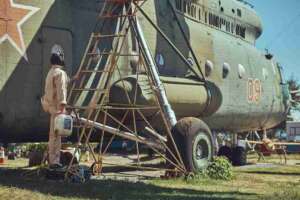
Speed of Historic Aircraft
Early aircraft models like the Lockheed Constellation and Douglas DC-3 were slower than modern commercial airliners, which had a typical cruising speed of 200-300 miles/hour (320-480 kilometres/hour).
Fastest Plane in History
The fastest aircraft in history has been known as the Lockheed SR-71 Blackbird, which clocked speeds of more than 2190 miles/hour (3,530 kilometres/hour). The speed of this aircraft was unmatched by any other aircraft up to the present day.
Record-Breaking Aircraft Speeds
Aircraft such as the North American X-15 have set records for speed, reaching Mach 6.7 (4,520 miles per hour, or 7,274 km/h). These records show the huge potential for Speed in the aviation industry, particularly because technology is constantly improving.
Comparative Speeds for Old Aircraft vs. Modern Aircraft
Comparing the speed of older and modern aircraft reveals how far technology in aviation has progressed. While the first passenger planes, such as the DC-3, flew at speeds of approximately 200 miles an hour (320 km/h), Modern jets are flying at speeds that exceed 500 miles an hour (800 kilometers/h).
Final Thoughts
The speed of a plane’s travel is affected by many variables, including the kind of aircraft, its style, and the conditions. Commercial jets typically travel at speeds between 500 and 600 miles an hour, but military and private jets can reach speeds much higher. Hypersonic technology is expected to transform air travel by offering speeds that will drastically cut travel time. As the technology of aviation advances and advances, we can expect more efficient planes in the coming years.
FAQs
Q1. What speed do commercial aircraft fly?
Commercial aircraft typically travel at speeds ranging from 480 to 575 miles/hour (770-930 kilometres/hour).
Q2. What Speed is what can you expect from private jets?
Private jets can fly at speeds ranging from 500 miles/hour (725 kilometers/h) as well as 600 miles an hour (965 kilometres/h), depending on the type of aircraft.
Q3. What Speed do military aircraft fly?
Military aircraft such as those of the F-22 Raptor can reach speeds of more than 1,500 miles per hour (2,414 km/h). Some models reach 2,000 miles per hour (3,218 kilometers/h).
Q4. What is Mach 5?
Mach 5 is a reference to speeds of greater than 383 miles/hour (6,174 km/h) and is regarded as hypersonic.
Q5. What effect does altitude have on plane speed?
At higher altitudes, the air is less dense, which decreases drag and permits planes to go more quickly and effectively.
Q6. What is the fastest aircraft around the globe?
The most powerful plane ever built is the Lockheed SR-71 Blackbird. The vehicle was able to travel at speeds of more than 2,190 miles/hour (3,530 kilometres/hour).


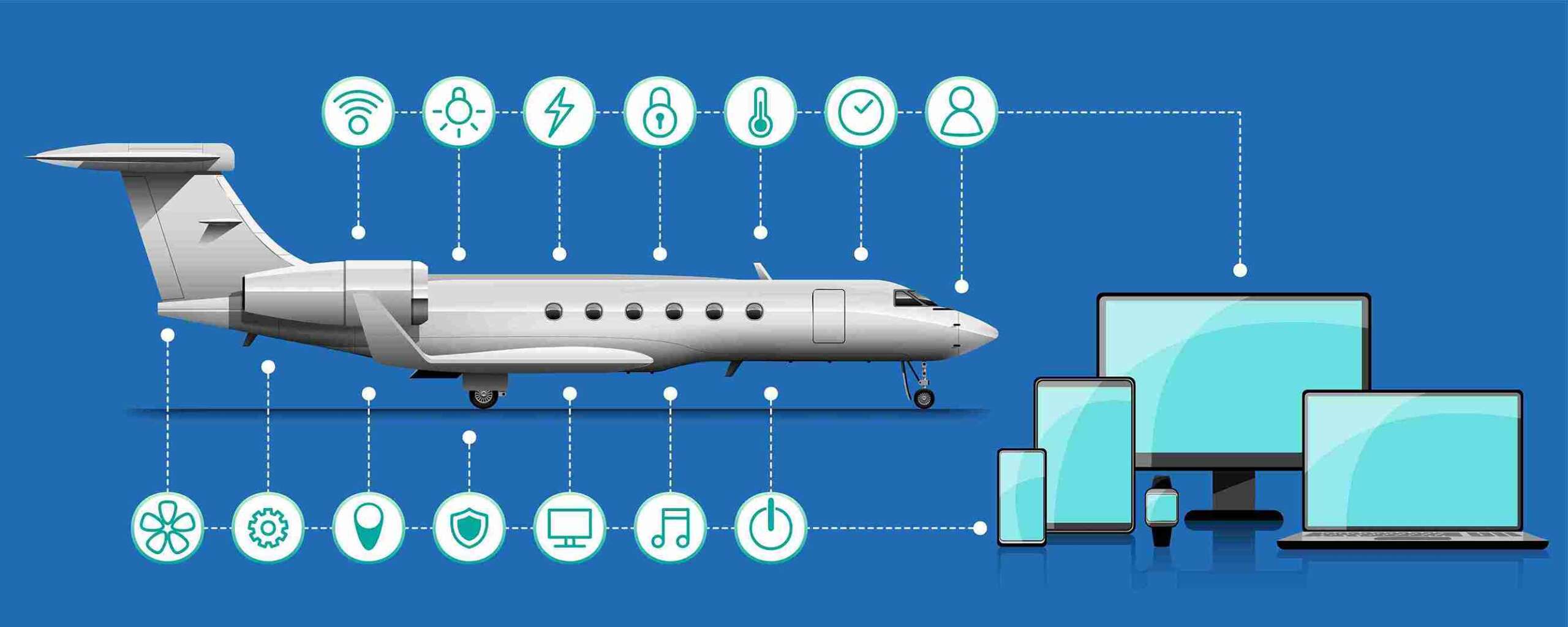








Leave a Comment